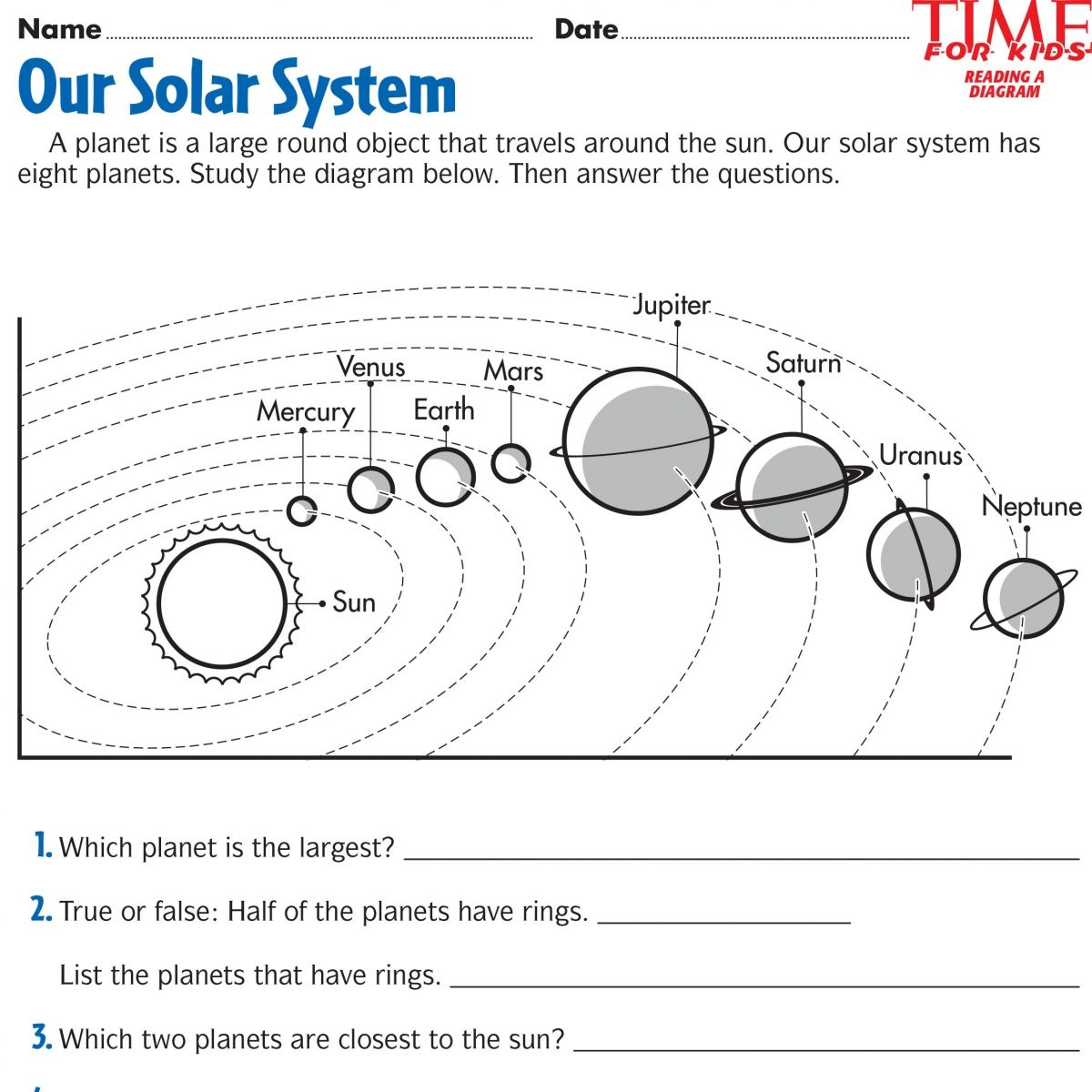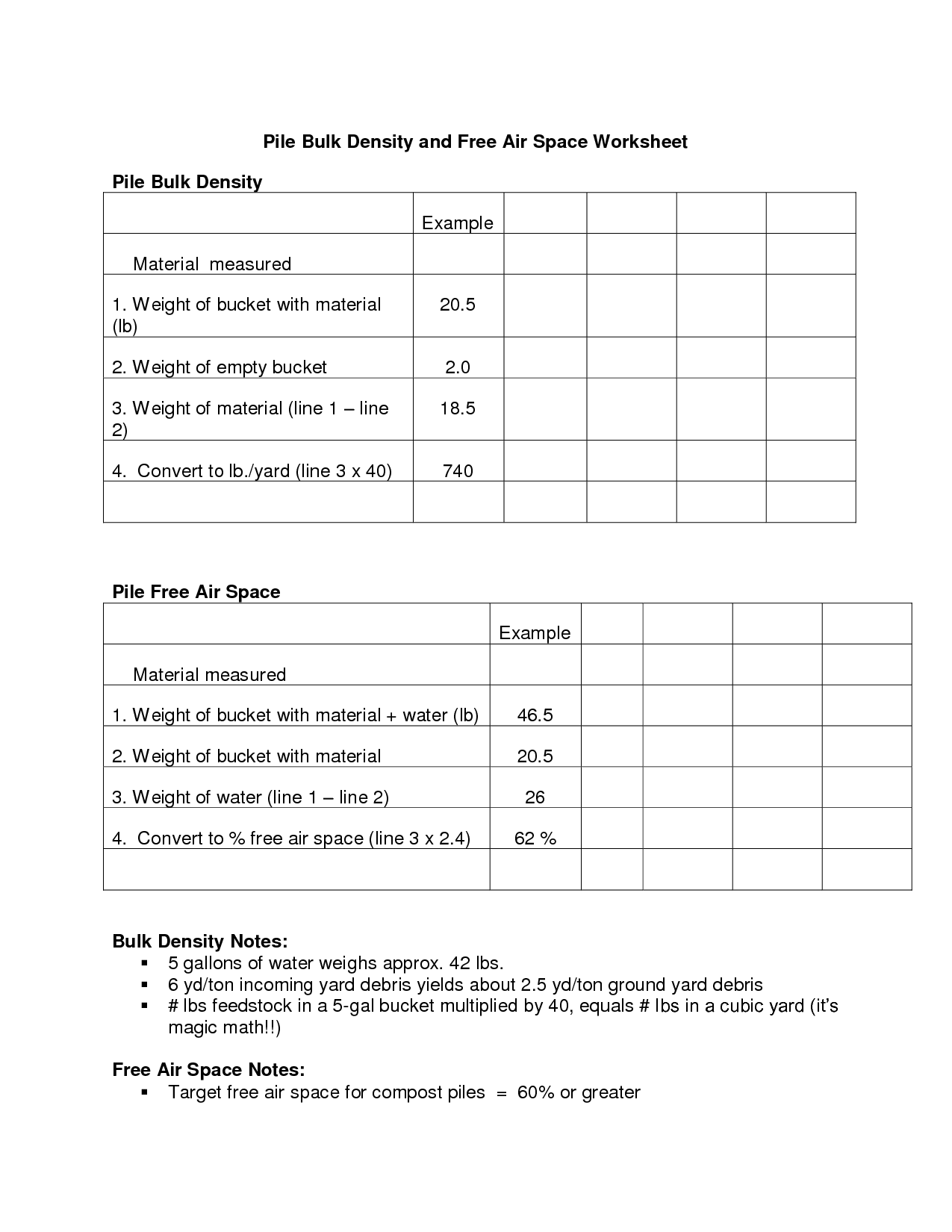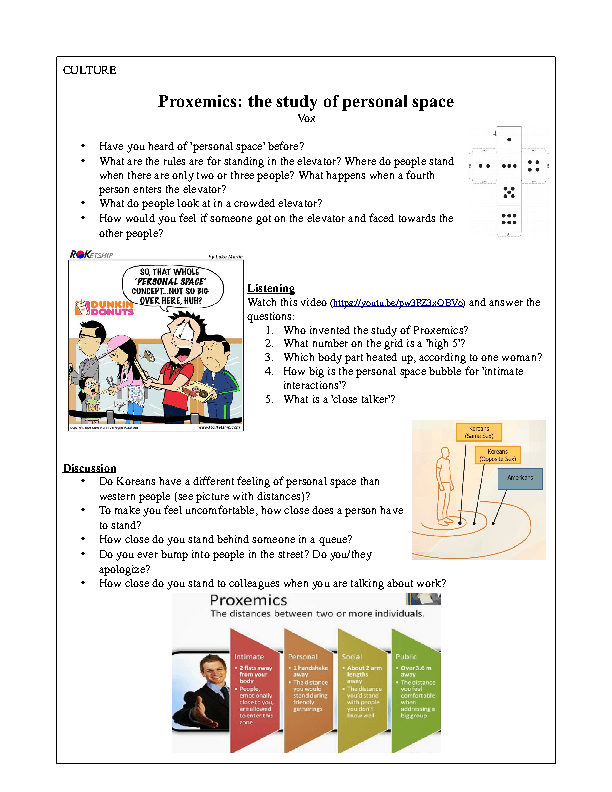Personal space is an essential aspect of human interaction. It refers to the physical and emotional space that individuals need to feel comfortable and secure. Teaching children about personal space is crucial for their social development and understanding boundaries. In this post, we will explore some engaging activities and worksheets that can help children learn about personal space.
Image 1: Activity Sheet 7
 One effective way to introduce the concept of personal space is through visual aids. This activity sheet presents various scenarios where children have to identify personal space boundaries. By engaging in this activity, children will develop an understanding of the importance of personal space in different social situations.
One effective way to introduce the concept of personal space is through visual aids. This activity sheet presents various scenarios where children have to identify personal space boundaries. By engaging in this activity, children will develop an understanding of the importance of personal space in different social situations.
Image 2: No Prep Printables
 Social skills groups in elementary schools can utilize these no prep printables to teach children about personal space. These worksheets include exercises that require children to identify personal space boundaries in various scenarios and role-playing activities. This hands-on approach enables children to practice respecting personal space in a safe and controlled environment.
Social skills groups in elementary schools can utilize these no prep printables to teach children about personal space. These worksheets include exercises that require children to identify personal space boundaries in various scenarios and role-playing activities. This hands-on approach enables children to practice respecting personal space in a safe and controlled environment.
Image 3: Sample Space Worksheets
 This set of sample space worksheets provides teachers with a comprehensive resource to teach personal space. The worksheets cover topics such as body language, non-verbal cues, and appropriate physical distance in different social contexts. By completing these worksheets, children can gain a deeper understanding of personal space and how it influences interpersonal relationships.
This set of sample space worksheets provides teachers with a comprehensive resource to teach personal space. The worksheets cover topics such as body language, non-verbal cues, and appropriate physical distance in different social contexts. By completing these worksheets, children can gain a deeper understanding of personal space and how it influences interpersonal relationships.
Image 4: Teaching Kids About Personal Space
This cheat sheet offers strategies for parents and educators to teach children about personal space. It highlights the importance of personal space for children with hyperlexia, a condition characterized by advanced reading ability and difficulty understanding social cues. The strategies outlined in this sheet can be implemented in daily activities to help children grasp the concept of personal space.
Image 5: Body Language Worksheets
 Body language plays a significant role in communicating personal space boundaries. These worksheets provide exercises and prompts for children to understand and interpret body language cues related to personal space. By analyzing various body language signals, children can enhance their social awareness and develop empathy towards others’ personal space needs.
Body language plays a significant role in communicating personal space boundaries. These worksheets provide exercises and prompts for children to understand and interpret body language cues related to personal space. By analyzing various body language signals, children can enhance their social awareness and develop empathy towards others’ personal space needs.
Image 6: Solar System Coloring Pages
 While this image may not directly relate to personal space, incorporating space-themed activities can make learning about personal space more engaging for children. These free printable coloring pages feature the solar system and can be used as a supplementary activity to reinforce the concept of personal space in a fun and interactive way.
While this image may not directly relate to personal space, incorporating space-themed activities can make learning about personal space more engaging for children. These free printable coloring pages feature the solar system and can be used as a supplementary activity to reinforce the concept of personal space in a fun and interactive way.
Image 7: Space History Worksheet
 This space-themed worksheet explores the history of space exploration. While not directly related to personal space, educators can utilize this worksheet to discuss the significance of personal space in confined environments such as spacecraft. By relating personal space to real-life examples, children can better understand its importance and apply it to different situations.
This space-themed worksheet explores the history of space exploration. While not directly related to personal space, educators can utilize this worksheet to discuss the significance of personal space in confined environments such as spacecraft. By relating personal space to real-life examples, children can better understand its importance and apply it to different situations.
Image 8: Personal Space Worksheets
 These personal space worksheets provide a variety of activities and exercises to help children grasp the concept of personal space. The worksheets include visual prompts, scenarios, and reflection questions to encourage meaningful discussions about personal space boundaries.
These personal space worksheets provide a variety of activities and exercises to help children grasp the concept of personal space. The worksheets include visual prompts, scenarios, and reflection questions to encourage meaningful discussions about personal space boundaries.
Image 9: Proxemics Movie Worksheet
 This movie worksheet introduces the science of proxemics, which explores the cultural and social aspects of personal space. By analyzing scenes from movies, children can observe how personal space is portrayed and understand the differences in personal space norms across cultures. This activity promotes cultural sensitivity and understanding.
This movie worksheet introduces the science of proxemics, which explores the cultural and social aspects of personal space. By analyzing scenes from movies, children can observe how personal space is portrayed and understand the differences in personal space norms across cultures. This activity promotes cultural sensitivity and understanding.
Image 10: Free Printable Space Worksheets
 These free printable space worksheets offer a range of activities related to space exploration. Educators can incorporate personal space discussions while engaging children in space-themed tasks, such as mazes, word puzzles, and coloring activities. This creative approach can help children connect personal space concepts to real-world interests.
These free printable space worksheets offer a range of activities related to space exploration. Educators can incorporate personal space discussions while engaging children in space-themed tasks, such as mazes, word puzzles, and coloring activities. This creative approach can help children connect personal space concepts to real-world interests.
In conclusion, teaching children about personal space is crucial for their social development. By utilizing engaging activities, worksheets, and visual aids, educators and parents can help children understand the importance of personal space and how to respect the boundaries of others. By instilling these skills early on, children can build healthy and respectful relationships throughout their lives.